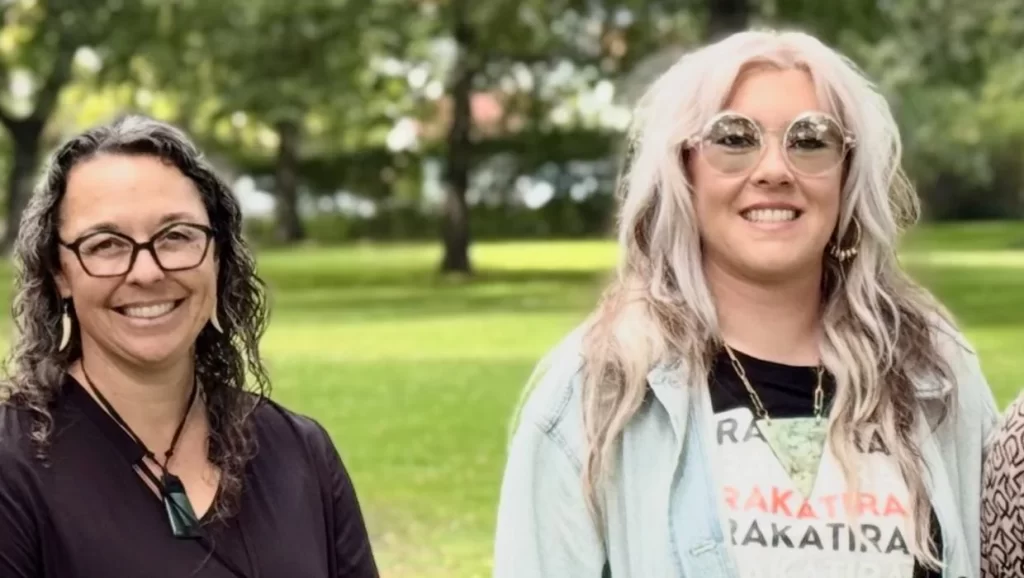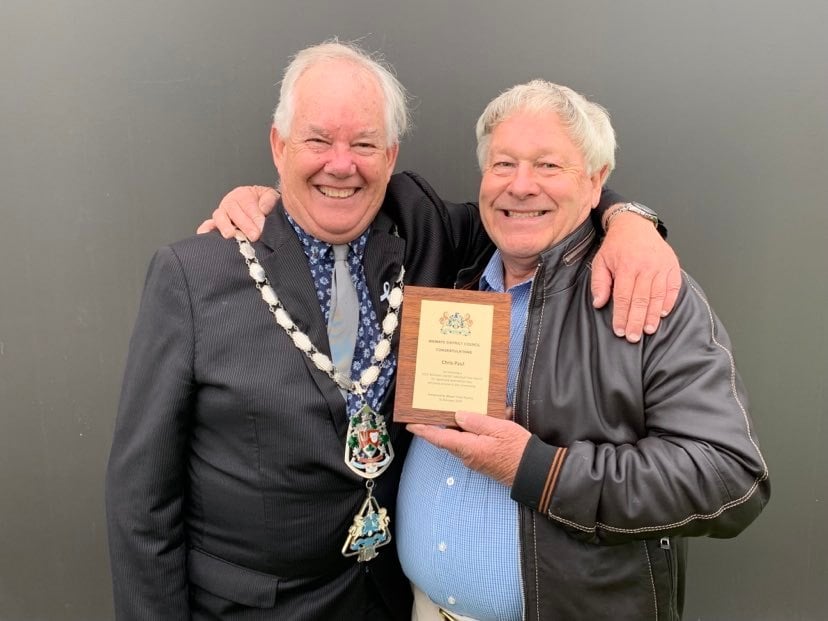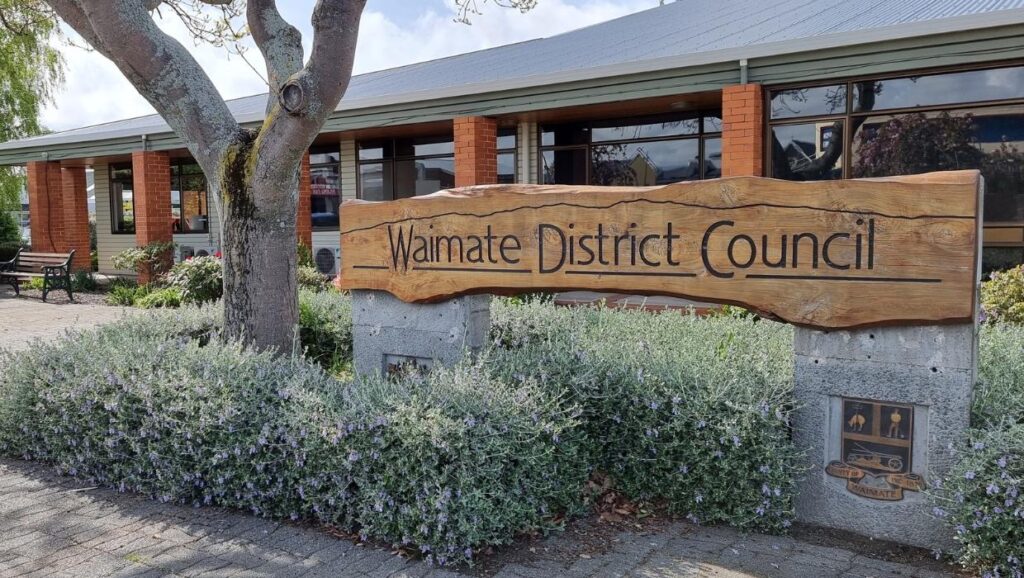Te Rūnanga o Waihao voice opposition to waste-to-energy proposal
Te Rūnanga o Waihao chairperson Dardanelle McLean-Smith said they do not support South Island Resource Recovery Ltd (SIRRL’s) proposal, or its inclusion on the Fast-Track list, a move which had increased their concerns “exponentially”.The iwi had been “really disappointed” in the lack of transparency from SIRRL throughout the application process.“Community input is very important, and from a mana whenua perspective, we are strongly positioned as kaitiaki within our takiwā.“We submitted against the Fast-Track legislation, as the process pins the decision-making on an expert panel and has restrictive time frames.”“It limits our ability to respond in a way that we would like to for that particular process.“It puts a lot of pressure on us. We are essentially a volunteer organisation and we have a very specific position as mana whenua. We hold rangatiratanga within our takiwā.” “Why should we be the guinea pigs” McLean-Smith said they are concerned about potential health impacts of toxic ash and metal hydroxides that could be created by the plant and question where they will be disposed.She said the plant could lead to a “layering of extremely adverse environmental impacts” in the area.“We also have other impacts that are happening within our takiwā, like the very high nitrate levels in our drinking water.Te Rūnanga o Waihao and Te Runanga o Arowhenua tasked mana whenua-owned Aukaha to create a Cultural Impact Assessment (CIA) for Project Kea.“The CIA gives very tangible evidence of why we don’t agree with the plant and why we don’t want it to go ahead,” McLean-Smith said.“If we had our way it would not have been entertained. It’s just too untested and we are not going to be the country’s guinea pigs.”Waihao board member Melissa Slatter said they were disappointed SIRRL chose the Fast-Track route and said it feels like they are using it to avoid public scrutiny after initially welcoming it.“What’s more outrageous is that it’s been touted as a renewable energy project.“How you can call the incineration of waste and the generation of eye watering volumes of toxic by-products a renewable energy project. Its just farcical. It’s a joke.”Slatter said the plant would have significant, irreversible impacts on the environment, the waterways, the land, the people and the wider community for many generations and they had to say no to the proposal because they were the voice for future generations.“While SIRRL will say they will enlist the latest and greatest technology in these plants, this is new technology to New Zealand and why should we be the guinea pigs?”McLean-Smith said seeing the community groups mobilising against the proposed plant had been really empowering for the people.“When did we decide profits were more important than the health and well being of our mokopuna?” Read Full Article
Te Rūnanga o Waihao voice opposition to waste-to-energy proposal Read More »










